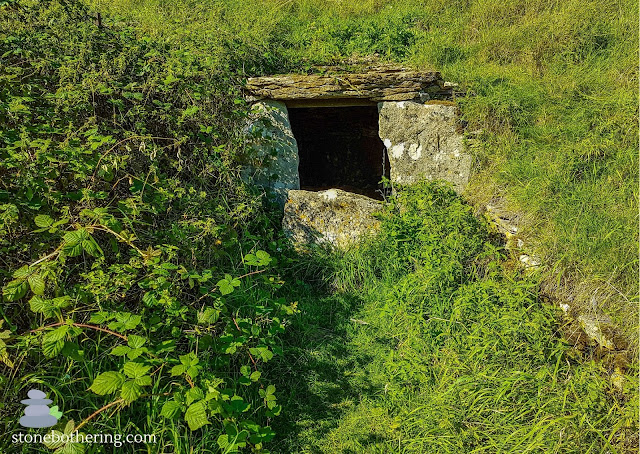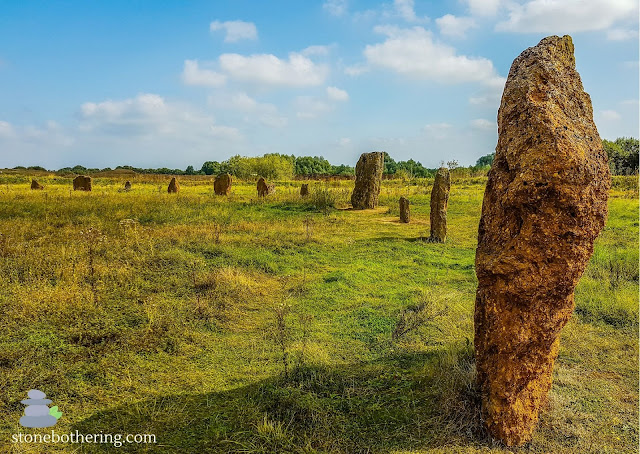Unveiling the Secrets of Craig Rhos-y-Felin: A Welsh Quarry Linked to Stonehenge's Mystery
Nestled amidst the rolling hills of the Preseli Mountains in Wales lies an unassuming rocky outcrop called Craig Rhos-y-felin. This seemingly ordinary sight, however, holds a hidden secret – it is believed to be the source of some of the stones used to construct the iconic Stonehenge monument.
Craig Rhos-y-felin's claim to fame lies in its unique geological composition. The site is rich in a specific type of rock called foliated rhyolite, which is remarkably similar to the stones found in Stonehenge, particularly the "bluestones." This discovery, made in 2011, sent shockwaves through the archaeological world, potentially rewriting the narrative of Stonehenge's origins.
The theory suggests that the prehistoric inhabitants of Wales quarried stones from Craig Rhos-y-felin around 3400 BC. These stones were then transported over 240 kilometers to their final resting place at Stonehenge, a feat that speaks volumes about the ingenuity and determination of these ancient people.
However, the story of Craig Rhos-y-felin is not without its controversies. While some archaeologists wholeheartedly embrace the quarry theory, others remain unconvinced. They argue that the markings on the rocks are natural formations and not evidence of human quarrying activity.
Despite the ongoing debate, Craig Rhos-y-felin remains a significant archaeological site, offering a fascinating glimpse into the past. Whether it was indeed the source of Stonehenge's bluestones or not, the site serves as a testament to the enduring human fascination with monuments and the stories they hold.
© All rights reserved
.jpg)
.jpg)

